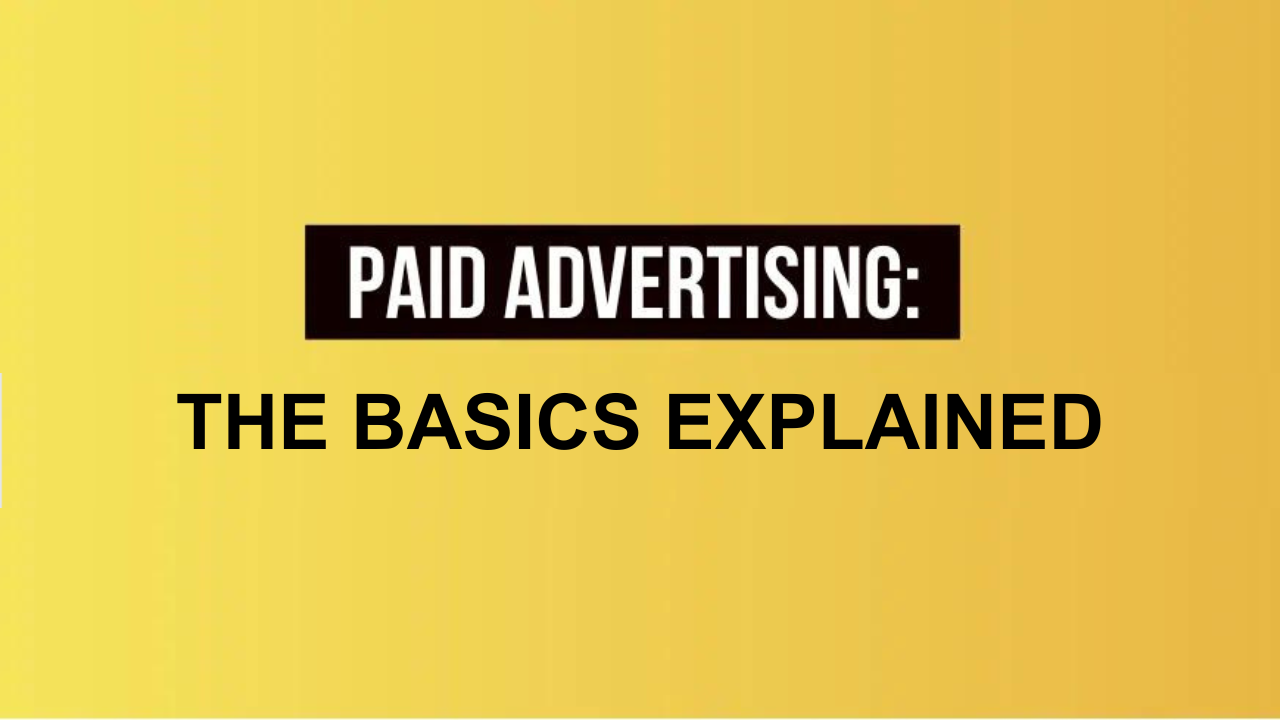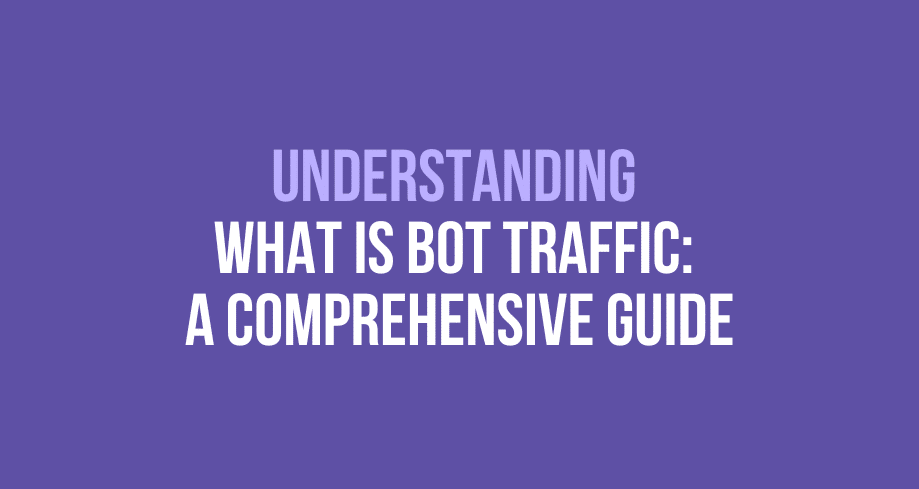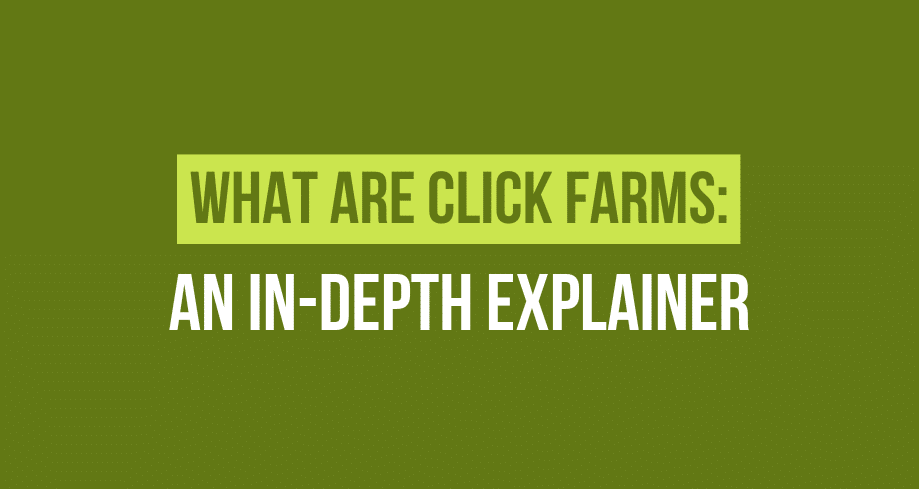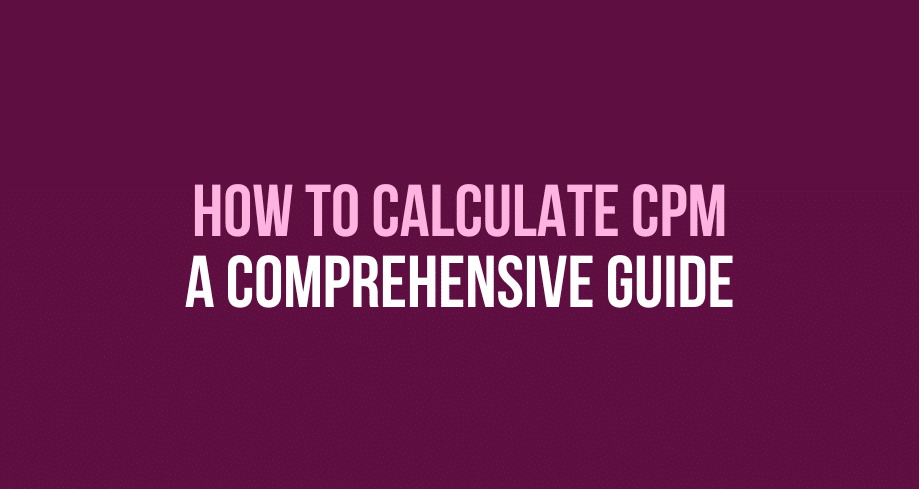Paid advertising is a powerful way to market your product or service. As an advertiser, you can rent space on platforms where your target audience resides and promote whatever it is that you are offering. This type of internet marketing has the potential to give you amazing returns if done properly!
If you ever wanted to learn about paid advertising. you have come to the right place. We will explain some basic concepts about the subject.
Let’s get started.
Types of Paid Advertisements
When deciding on the most effective paid marketing strategy for your organization, there are a variety of options available. From search engine optimization to influencer campaigns and beyond, no matter what sector you operate in, it’s likely that one or several of these methods will be right for you.
Here is an overview of some common strategies:
Display Ads
Advertisements and brand-building campaigns in the form of text, pictures, or videos are commonly presented on websites like news outlets. These digital placements are not only effective for raising awareness about a product or service but also for improving its overall visibility.
Pay-Per-Click (PPC)
PPC advertising is a highly effective way for advertisers to get quality leads and increase website traffic. In PPC, you only pay when someone clicks on your ad – making it one of the most popular digital marketing models out there! Businesses use this strategy to target their ideal audience and drive conversions more efficiently than traditional methods. With PPC, you can be sure that every penny spent will result in an increased ROI.
Social Media Ads
Digital advertising is truly revolutionary, and among the most powerful ways to get your message out, is through social media ads. Placed conveniently on various top-tier platforms like Facebook, Twitter, Instagram, etc., these advertisements can have a drastic effect on user engagement with your brand.
Native Advertising
Native advertising offers an incredibly unique opportunity to reach a wide audience. By integrating ads into the platforms themselves, users will be more likely to view them as part of the content – making it ideal for promoting blog posts or other types of media. Platforms like Outbrain and Taboola are two popular choices when considering native ads.
Video Ads
Captivate audiences on popular video streaming platforms, such as Facebook, Vimeo, and YouTube by leveraging the power of video ads.
Remarketing/Retargeting
If you’re looking for a foolproof way to remarket your offerings, retargeting ads is an excellent option. They ensure that those who have already visited your website can be directly exposed to what you have to offer again and again!
Influencer Marketing
Influencer marketing is a great advertising tool that involves paying prominent social media users, known as influencers, to endorse and feature products in their posts.
Should You Use Paid Ads?
Before investing in ads, it’s essential to consider an array of points.
What’s your Budget?
When devising your marketing strategy, the initial factor you’ll want to consider is your financial commitment. Paid ads can become costly if they’re not managed properly and consume an unreasonable amount of resources. Therefore, if you don’t have a sizable budget for advertising as a business or website operator, then it’s recommended that you investigate some free promotional options before thinking about paid advertisements.
How much Return on Investment are you expecting?
As you move forward, the return on investment (ROI) must be taken into account. Are you leveraging each dollar spent to generate more? It is critical to ensure that your paid ads are resulting in a positive ROI; while they may bring customers and revenue, they could still result in an overall negative ROI if not managed correctly.
Paid advertising is an opportune investment for any business that has the budget to support it.
Advantages of Paid Advertising
Paid ads offer many benefits, such as increased brand visibility and higher website conversions. It also allows you to get your message in front of more people at the right time when they are most likely to purchase or interact with your content. With paid advertising, you can control which audience sees your ad so that it will be seen by those who have an interest in what you’re offering. As a result, campaigns tend to yield better results compared to organic marketing efforts alone.
Here’s a brief summation of the benefits you can enjoy if you opt for paid advertising:
You Get Results Immediately
Paid advertising offers a distinct advantage over organic methods: instant results. For example, if you launch an ad campaign that directs visitors to your blog post, they will appear on the page within minutes of beginning the campaign. Organic techniques cannot compete with this speed or effectiveness!
It Is Pretty Scalable
Paid ads are incredibly advantageous for one major reason: scalability. There’s no limit to the number of individuals you can target with your promotions as long as you have a budget that permits it; invest more and witness your reach expand exponentially!
You Get to Use Multiple Targeting Options
Paid advertising offers the unparalleled advantage of targeting potential customers who are looking for exactly what you offer. For instance, Facebook Ads enables you to customize your audience by gender, location, interests, and other demographics so that your ads reach individuals most likely to convert into buyers. With this innovative way of marketing at your fingertips, why not take advantage and tap into an ever-growing customer base?
You Can Track and Measure Performance
Detailed analytics from paid ad platforms allow you to monitor the success of your campaigns. Track how many people have seen your ads, the expenditure required, conversion rates, and more! With these metrics at hand, it’s easier than ever to maximize ROI with minimal effort.
Paid Advertising Platforms
If you’re searching for paid advertising options to boost your website traffic, increase leads, and ultimately drive more sales, numerous platforms can help you do this. To get started today with some of the most recognized services out there, take a look at our selection below:
- Google Paid Ads
- Bing Ads
- Reddit Ads
- Facebook Ads
- Instagram Ads
- Pinterest Ads
- YouTube Ads
- Twitter Ads
- Linkedin Ads
- AdRoll
- Yahoo Gemini
- Snapchat Ads for Business
- AdColony
- Airpush
- Outbrain
- Taboola
Tools for Running Paid Campaigns
Google Data Studio
By visualizing data, you can uncover invaluable insights that will support improved decision-making and a superior competitive edge in your business. With this ability to access valuable intelligence, the possibilities are endless. Amongst the plethora of data visualization tools, Google Data Studio stands out as the premier choice.
Not only is it free but also easily accessible to everyone – regardless of whether you have data or not. Although mastering its features may require patience and dedication, taking time to learn about this tool will pay off handsomely for you in the long run; with Google Data Studio, you can create captivating reports that are both educational and aesthetically pleasing for any clientele, co-worker/s or even leaders within an organization.
Serpstat
Take your paid advertising to the next level with Serpstat. Utilize their in-depth analysis report that provides detailed information on every aspect of advertisements and keywords. With Serpstat, you can get a competitive edge over other marketers as well as maximize your ROI for PPC and contextual advertising campaigns.
If you are looking for methods to analyze your competitors’ ads and landers, PPC is the answer. It offers an effortless way to observe competitor advertisements, as well as details of their corresponding landing pages. By obtaining these examples from rivals in the industry, you can make smarter decisions when constructing your own campaigns and marketing strategies – allowing you to take your ad performance one step further.
SEMRush
With SEMRush, you can reclaim the hours lost in your marketing endeavors. By using it to construct a collection of helpful ads from competitors, including images, keywords, and ad copy – you’ll be able to quickly identify successful strategies and detect any holes within your own paid advertising campaigns. Put simply, this tool gives marketers an extraordinary advantage over their market rivals.
To make the most out of your Google Ads experience, there are four sub-tools to give you an edge: Keyword Magic Tool, Keyword Manager, Keyword Gap Tool, and PPC keyword tool. Not only does it help you find new advertisers for Google Ads but also provides reports on competitor’s ad placements with audience data via its Display Advertising Tool. So why wait? Give yourself a competitive advantage today by utilizing all these powerful tools.
Google Ads Editor
Google Ads Editor is like a turbocharger for your Google Ads accounts; it allows you to make multiple changes offline and post them in bulk for much faster results. You can also work on several accounts at once, streamlining the entire process so that you can focus on other parts of your business. With Google Ads Editor, managing large ad campaigns just got easier.
SE Ranking
SE Ranking is the perfect all-in-one marketing software for your business. With its real-time competitor analysis feature, you can gain valuable insights into what your competitors are doing and how they’re succeeding in their efforts. Utilizing SE Ranking will help you stay ahead of the competition.
This software’s competitive analysis feature is like a dream come true for marketers, providing crucial information about the most successful competitor ads including what keywords they target and how these display in Google. It gives you an insight into their entire Google Ads marketing strategy as well as their monthly ad history. On top of that, it even lends you ideas regarding alternative words to use in your own campaign so you can stay one step ahead.
Leadpages
Leadpages provides dynamic and customizable templates for your landing page, a critical component of any sales funnel. With Leadpages, you can rest assured that AdWords will be seamlessly compatible with your design.
AdWords takes into account the quality score of your ad, as well as the components of your landing page when assigning a rating. A high-performing and engaging landing page will help you strengthen your rankings for improved visibility in search results.
If you want a page that stands out in the crowd, Leadpages offers all of the essential features- exceptional navigability, contact information easily accessible to visitors, content relevant to your brand, and abundant rich media. Let Leadpages help create an eye-catching experience for potential customers.
Frequently Asked Questions
What Is Paid Advertising?
Paid advertising is a form of promotion in which an advertiser pays a fee to have their message displayed to a targeted audience. This can be done through various channels, such as search engines, social media, and websites.
What Are the Benefits of Paid Advertising?
Paid advertising can help increase brand awareness and drive traffic to a website. It can also be used to target specific audiences, such as demographics or interests, and to track the performance of campaigns.
What Are the Different Types of Paid Advertising?
A: Some common types of paid advertising include search engine advertising, social media advertising, display advertising, and video advertising.
How Do I Set up a Paid Advertising Campaign?
The specific steps to set up a paid advertising campaign will vary depending on the platform you are using. Generally, you will need to create an account, set a budget, choose your target audience, and design your ad.
How Much Does Paid Advertising Cost?
The cost of paid advertising can vary widely depending on the platform and type of ad. Some platforms, such as Google AdWords, use a pay-per-click model, where you only pay when someone clicks on your ad. Others, like Facebook, use a pay-per-impression model, where you pay for each time your ad is shown.
How Do I Measure the Success of My Paid Advertising Campaign?
You can measure the success of a paid advertising campaign by tracking metrics such as click-through rate (CTR), conversion rate, and return on investment (ROI).
How Do I Optimize My Paid Advertising Campaign?
You can optimize a paid advertising campaign by A/B testing ad copy and images, adjusting targeting, and constantly monitoring performance metrics.
Wrap Up
Knowing what type of paid advertising to go for is as important as how much you end up spending on them. Depending on what type of business you run, it is important to find a paid advertising route that works wonders for your product and service niche. This guide hopefully covers the basics to get you started on crafting the right marketing strategy for your brand online.




